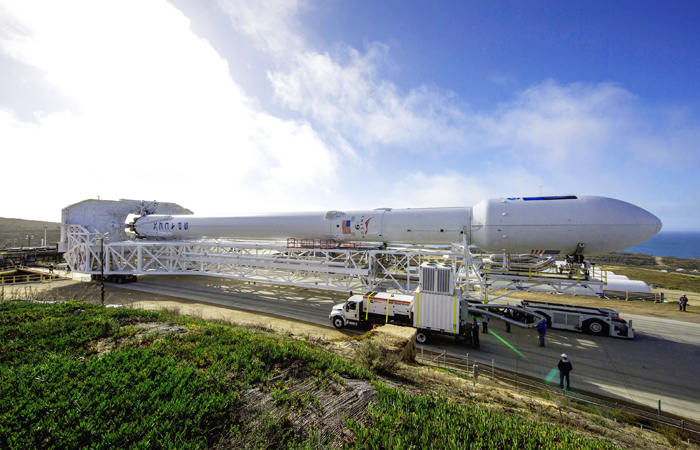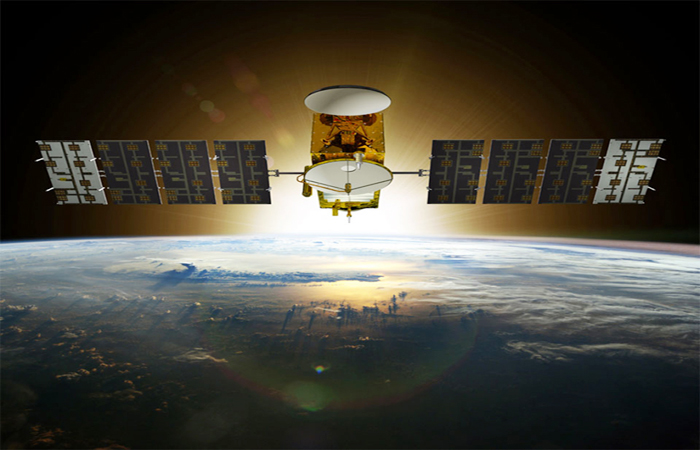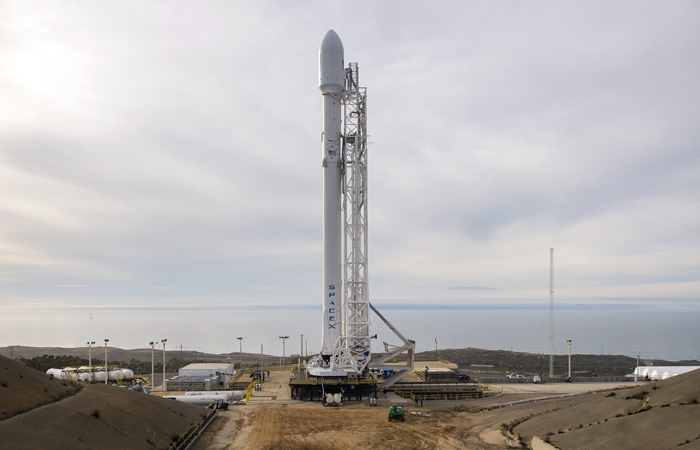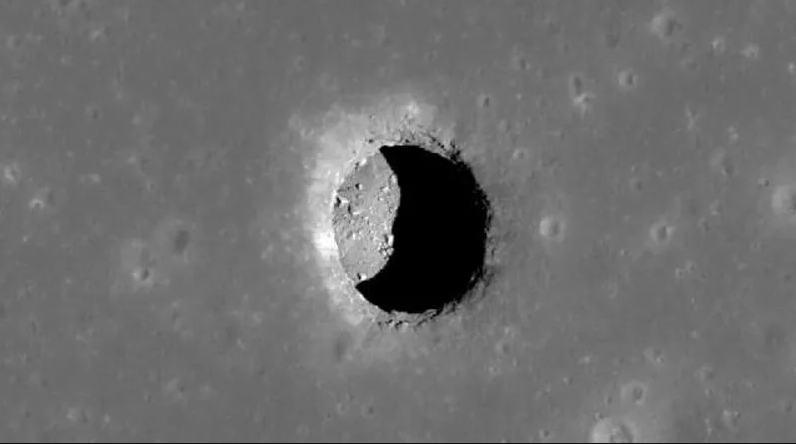- A-
- A
- A+
Jason-3 Launches to Monitor Global Sea Level Rise
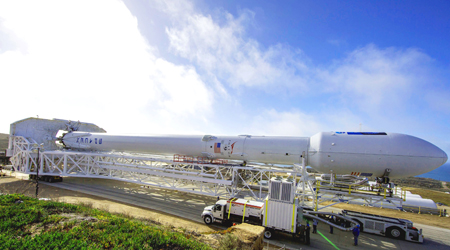
Jason-3, a U.S.-European oceanography satellite mission with NASA participation that will continue a nearly quarter-century record of tracking global sea level rise, lifted off from Vandenberg Air Force Base in California Sunday at 10:42 a.m. PST (1:42 p.m. EST) aboard a SpaceX Falcon 9 rocket.
Jason-3 is an international mission led by the National Oceanic and Atmospheric Administration (NOAA) in partnership with NASA, the French space agency CNES, and the European Organisation for the Exploitation of Meteorological Satellites.
“Jason-3 will take the pulse of our changing planet by gathering environmental intelligence from the world’s oceans,” said Stephen Volz, assistant administrator for NOAA’s Satellite and Information Service.
The mission will improve weather, climate and ocean forecasts, including helping NOAA’s National Weather Service and other global weather and environmental forecast agencies more accurately forecast the strength of tropical cyclones.
“Jason-3 is a prime example of how our nation leverages NASA’s expertise in space and scientific exploration to help address critical global challenges in collaboration with NOAA and our international partners,” said John Grunsfeld, associate administrator for science at NASA Headquarters in Washington. “The measurements from Jason-3 will advance our efforts to understand Earth as an integrated system by increasing our knowledge of sea level changes and the ocean’s roles in climate.”
Minutes after Jason-3 separated from the rocket’s second stage, the spacecraft unfolded its twin sets of solar arrays. Ground controllers successfully acquired the spacecraft’s signals, and initial telemetry reports showed the satellite was in good health.
Jason-3 entered orbit about 15 miles (25 kilometers) below Jason-2. The new spacecraft will gradually raise itself into the same 830-mile (1,336-kilometer) orbit and position itself to follow Jason-2’s ground track, orbiting a couple of minutes behind Jason-2. The two spacecraft will fly in formation, making nearly simultaneous measurements for about six months to allow scientists to precisely calibrate Jason-3’s instruments.
Jason-3 begins full science operations after a six-month checkout phase, joining Jason-2, which launched in 2008. From low-Earth orbit, Jason-3 will precisely measure the height of 95 percent of the world’s ice-free ocean every 10 days.
Similar News
Links


 Elm TV
Elm TV
 Photo
Photo
 Video
Video
